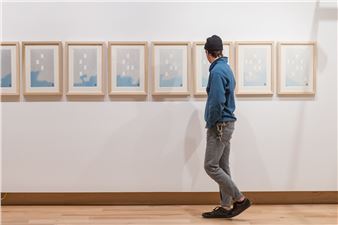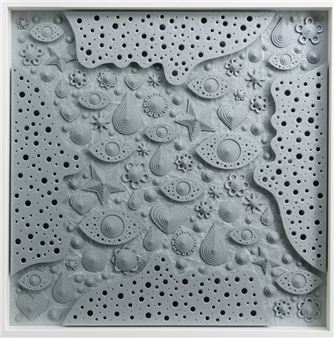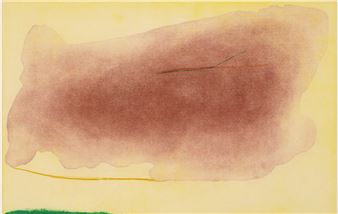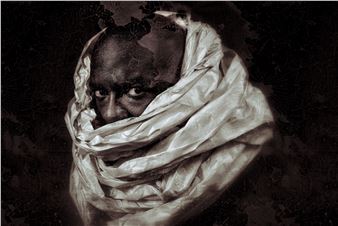Seen and Heard
In celebration of the one hundredth anniversary of the passage of women’s suffrage in New York State, Seen and Heard explores the use of the arts as a catalyst for social change. Artists have played key roles in social and political movements throughout history, altering the ways in which people view and think about the world. Whether performance, music, or visual, art of any medium has the power to challenge assumptions and inspire passions as nothing else can, and artists harness that power to analyze humanity, initiate tough conversations, protest injustice, and affect emotional and systematic change.
Initially inspired by Barbara Kruger’s Who Speaks? Who is Silent?, a monumental work in the Everson’s collection that addresses the implication of silence and representation for women, Seen and Heard features the work of nine contemporary artists alongside key works from the Museum’s permanent collection. Through this presentation, the exhibition considers the history of social and political activism in the arts and invites visitors to participate in a timely conversation about equal rights and civic engagement. The nine artists, Mildred Beltré, Yvonne Buchanan, Cassils, Lionel Cruet, Stella Marrs, Jessica Posner, Jessica Putnam-Phillips, Kevin Snipes, and Holly Zausner, share a passion for social equality and justice, and their work builds upon the extensive history of art as a form of activism. Working in sculpture, installation, printmaking, ceramics, photography, and video, each artist explores the language and tactics of protest in both subtle and overt ways.
Through their work, artists drive people to act, think, and feel deeply and with a greater sense of empathy. At this critical time, the Everson remains committed to providing a safe place for peaceful civic engagement. By presenting Seen and Heard, the Museum hopes to empower citizens to participate in the local democratic process by sharing their unique perspectives, to create positive change, and to continue to position the Everson as a community resource for activism through the arts.
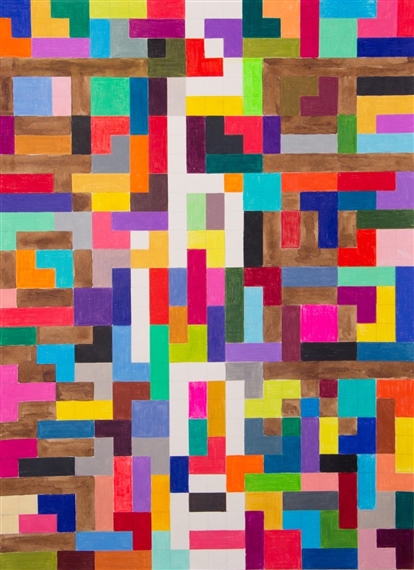
Recommended for you
In celebration of the one hundredth anniversary of the passage of women’s suffrage in New York State, Seen and Heard explores the use of the arts as a catalyst for social change. Artists have played key roles in social and political movements throughout history, altering the ways in which people view and think about the world. Whether performance, music, or visual, art of any medium has the power to challenge assumptions and inspire passions as nothing else can, and artists harness that power to analyze humanity, initiate tough conversations, protest injustice, and affect emotional and systematic change.
Initially inspired by Barbara Kruger’s Who Speaks? Who is Silent?, a monumental work in the Everson’s collection that addresses the implication of silence and representation for women, Seen and Heard features the work of nine contemporary artists alongside key works from the Museum’s permanent collection. Through this presentation, the exhibition considers the history of social and political activism in the arts and invites visitors to participate in a timely conversation about equal rights and civic engagement. The nine artists, Mildred Beltré, Yvonne Buchanan, Cassils, Lionel Cruet, Stella Marrs, Jessica Posner, Jessica Putnam-Phillips, Kevin Snipes, and Holly Zausner, share a passion for social equality and justice, and their work builds upon the extensive history of art as a form of activism. Working in sculpture, installation, printmaking, ceramics, photography, and video, each artist explores the language and tactics of protest in both subtle and overt ways.
Through their work, artists drive people to act, think, and feel deeply and with a greater sense of empathy. At this critical time, the Everson remains committed to providing a safe place for peaceful civic engagement. By presenting Seen and Heard, the Museum hopes to empower citizens to participate in the local democratic process by sharing their unique perspectives, to create positive change, and to continue to position the Everson as a community resource for activism through the arts.
Contact details


 ARTISTS
ARTISTS







